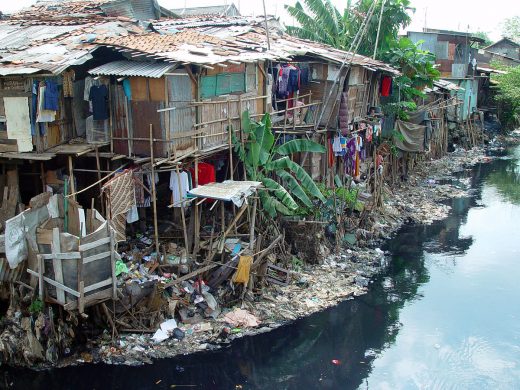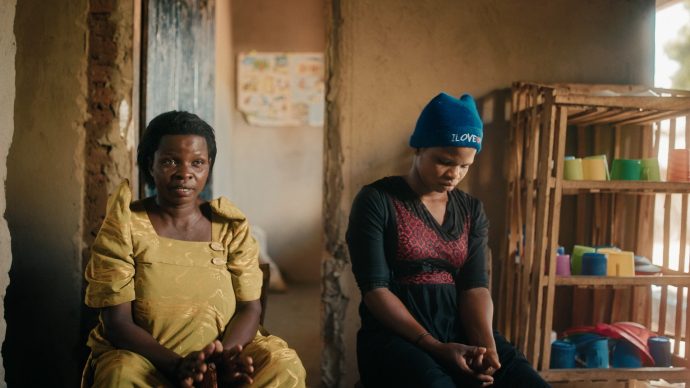October 20, MANILA (Asian Development Bank): New approaches are needed to address the challenge of rising urban dwellers in the Pacific who live in poor-quality housing with inadequate provision for basic services in settlements known as ‘urban villages,’ a new Asian Development Bank (ADB) report says.
“There has been a rapid rise of urban villages in recent years due to increased poverty and the negative impacts of climate change,” said Robert Jauncey, head of ADB’s Pacific Subregional Office in Suva, Fiji.
“These informal or unplanned settlements are often neglected and excluded from the government’s planning system, so we need to rethink approaches to urban management and development to include urban villages in the mainstream policies, strategies, projects, and programs.”
Urban villages
The report, entitled The Emergence of Pacific Urban Villages–Urbanization Trends in the Pacific Islands, defines urban villages as native and traditional communities and village‑like settlements in urban areas that display common characteristics: association with certain ethnic groups, strong socio-cultural ties, land tenure based on custom, heavy reliance on the informal economy, and persistence of subsistence activities.
Urban village dwellers often live in hardship and poverty, and are stereotyped with negative traits.
It is estimated that approximately one million people in the Pacific live in urban villages.
All Pacific towns and cities have urban villages to varying degrees, and the largest numbers are in the Melanesian Pacific capitals—Honiara, Port Moresby, Port Vila, and Suva—and smaller towns of Micronesia such as South Tarawa (Kiribati). Over half of the urban population of Port Moresby, Papua New Guinea, now lives in urban villages.
Habitat III
The publication, launched this week in conjunction with the United Nations Conference on Housing and Sustainable Development (Habitat 3) in Quito, Ecuador, argues that the future of the Pacific islands will be increasingly determined by continued patterns of urbanization, especially the ongoing growth of myriad urban village types.
The report says that urban villages should be recognized as meaningful local socio-territorial entities operating as part of wider villages and cities.
In this context, there is an opportunity to seriously question current approaches, like asking who really builds Pacific towns and cities, what processes are used, and how they can be best supported and managed in a more equitable manner.
SDG No. 11
Sustainable Development Goal no. 11 focuses on making cities and human settlements inclusive, safe, resilient and sustainable by ensuring access for all to adequate, safe and affordable housing and basic services and upgrade slums by 2030.
In line with this goal, the report recommends that urban villages be included in an expanded planning jurisdiction of towns and cities, thus enabling service providers currently constrained by law to provide basic services such as water and sanitization to these settlements.
This will promote more inclusive towns and cities, plus acknowledge that water, sanitation and housing are basic human rights that should be available for all. The growth and permanency of urban villages in the Pacific are in fact a form of housing resilience.
Hent rapporten i nedenstående link.















